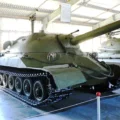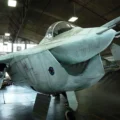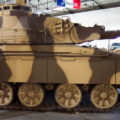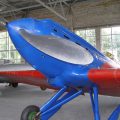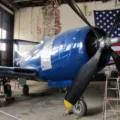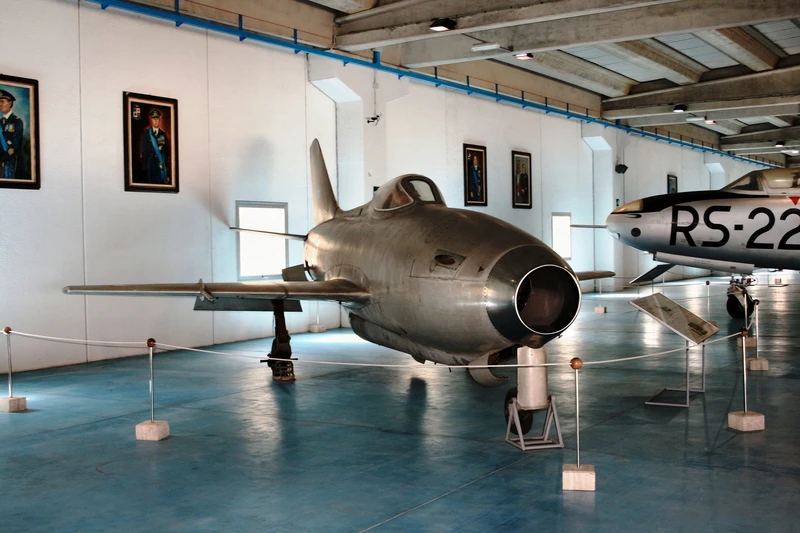
Aerfer Sagittario 2 | |
|---|---|
| Land | Italien |
| Roll | Prototyp jaktplan |
| Första flygningen | 19 maj 1956 |
| Byggd | 2 |
Den Aerfer Skytten 2 (italienska för skytten) var en prototyp av ett ensitsigt lättviktsflygplan i metall byggt i Italien av Aerfer, avsett att fungera som en interceptor eller ett lätt taktiskt stödflygplan. Det flögs första gången 1956 och blev det första italienska flygplanet som bröt ljudbarriären i kontrollerad flygning när det nådde Mach 1.1 under ett dyk från 13 725 m (45 000 fot).
Källkod: Aerfer Sagittario 2 på Wikipedia
| Aerfer Sagittario 2 Walk Around | |
|---|---|
| Fotograf | Giacomo Gramazio |
| Lokalisering | Unknow |
| Bilder | 13 |
Se även:
Den Aerfer Skytten 2 was a remarkable achievement in Italian aviation history. It was a prototype fighter aircraft that was designed to be fast, agile and versatile. The Sagittario 2 was developed from the Ambrosini Sagittario, which was itself a jet-powered version of the Ambrosini S.7 trainer. The Sagittario 2 had a sleek and aerodynamic shape, with a swept wing and tail, a bubble canopy and a nose-mounted jet engine. The engine was a Rolls-Royce Derwent 9, which gave the aircraft a thrust of 16 kN (3,600 lbf). The Sagittario 2 had two 30 mm cannons as its main armament, and could also carry bombs, rockets or additional guns on two hardpoints under the wings.
The Sagittario 2 first flew on 19 May 1956, piloted by Riccardo Bignamini. On 4 December 1956, it achieved a historic milestone when it became the first Italian aircraft to break the sound barrier in level flight at an altitude of 13,725 m (45,000 ft). The aircraft reached a speed of Mach 1.1 (1,006 km/h or 625 mph), demonstrating its excellent performance and potential. The Sagittario 2 was tested by the Italian Air Force for evaluation purposes, but it did not enter production or service. Instead, it served as a stepping stone for the development of more advanced fighters by Aerfer, such as the Ariete and the Leone. The Sagittario 2 remains an important example of Italian ingenuity and innovation in aerospace engineering.
Visningar : 672




